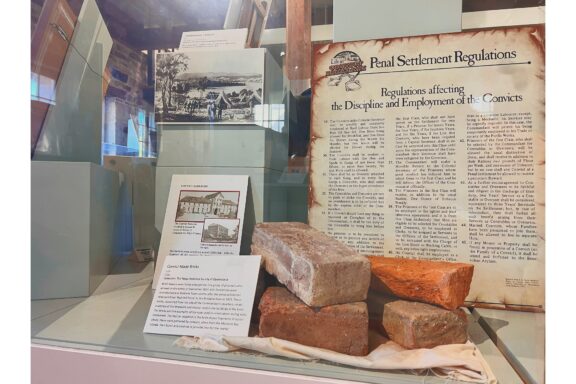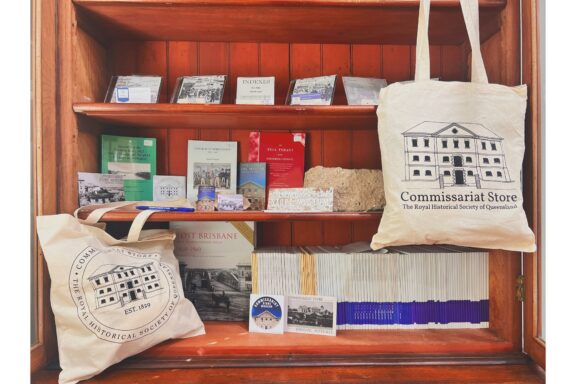Author: Reena Almeida, Volunteer, Commissariat Store Museum
Everybody knows about this continent and country’s ties to convicts.
In Queensland, we see signs and nods to this past all over the place. For instance, if you head up North of Brisbane, you will find an unobtrusive marker on the hill overlooking the coastline at Shorncliffe that commemorates where the explorer John Oxley, in his search for an ideal site for the penal settlement, camped out.
Closer to the Brisbane CBD, you might have passed the very noticeable Old Windmill, on its perch at Wickham Terrace, a thousand times. As Queensland’s oldest building, it has been around since 1827, when the area we now know as Brisbane was marked out as an ideal
site for the Moreton Bay Penal Settlement.
However, the explorer John Oxley would not have found his way to the Brisbane River had it not been for two convicts – Thomas Pamphlet and John Finnegan. It is also impossible to explore the Old Windmill on the inside as it is no longer open to the public.
There is another building in Brisbane however, that was constructed soon after the Windmill and incidentally, also contains a wealth of information about convicts like Pamphlet.
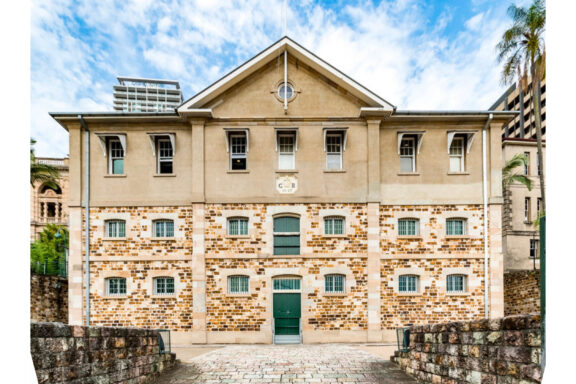
A Unique Historical Landmark
Built in 1829 and tucked away by the river, the Commissariat Store Museum enjoys the distinction of being Queensland’s oldest habitable building and the only museum dedicated to its convict past, as well as life and living in the state since the penal settlement shut down in 1842. Currently also functioning as the headquarters of the Royal Historical Society of Queensland, the Store is one of the only four surviving Commissariat Stores in Australia (the others are located at Norfolk Island, Maria Island and Fremantle).
Constructed for the purpose of storage, the Commissariat Store was built on the lands of the Turrbal and Yuggera peoples along Maiwar (Brisbane River) and is even older than the state of Queensland (1859).
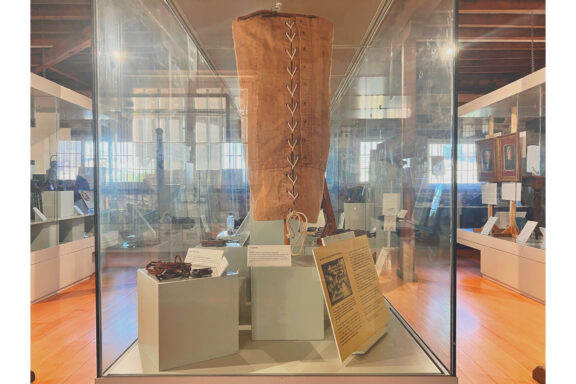
What’s inside?
Step through the doors of Queensland’s convict museum and along with artefacts related to the Moreton Bay Penal Settlement, you will also encounter equipment from surveying and exploratory expeditions from the state’s pioneer days. Family heirlooms of state luminaries like Sir Samuel GriGith and Andrew Petrie, who shaped so much of Queensland since it opened to European settlers after 1842, provide an additional glimpse into a time when fine workmanship lent its own charm to everyday objects.
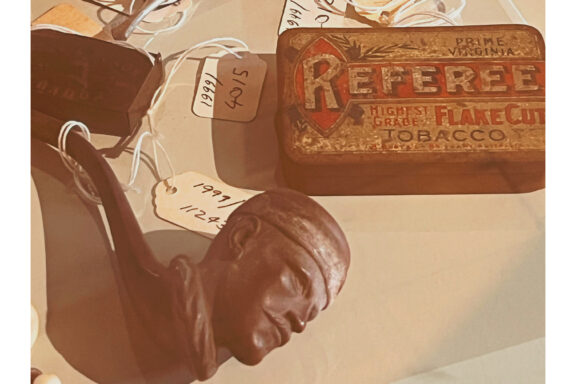
Books, Bricks, Balls and Chains
It’s not a visit to the Commissariat Store Museum you haven’t clicked a selfie with your chum (1) in handcuffs, stood like a Commandant amidst the cases containing miniature convict-built Brisbane buildings, got yourself a convict-made brick as a souvenir, or looked up an ancestor in the record book of convicts. There’s something to pique everyone’s interest at the convict museum and a photo or two to show for it.
Time to grab some grub (2) in the city and head over to 115 William Street for a fascinating wander into the past!
1 Convict slang for fellow-inmate/friend
2 Convict slang for food
